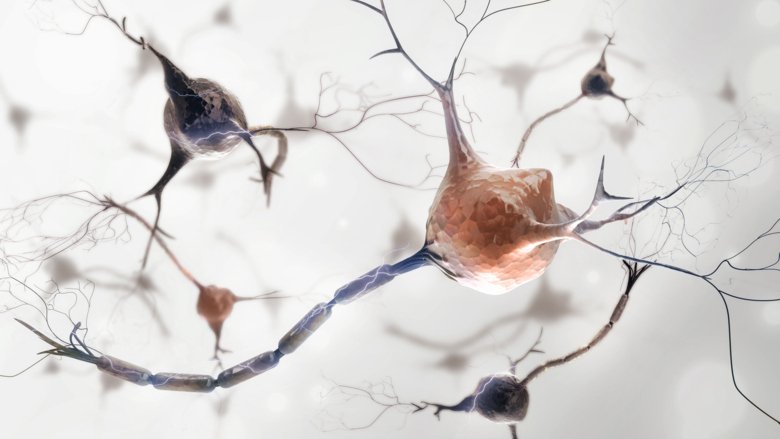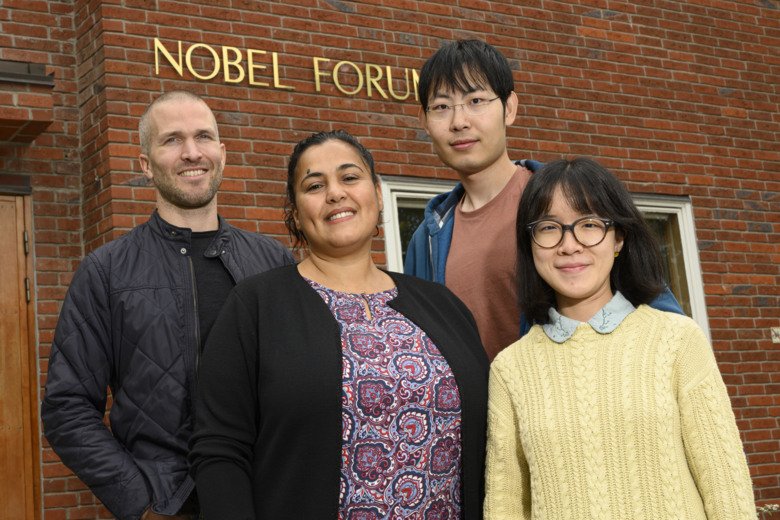Discovery concerning the nervous system overturns a previous theory

It appears that when our nervous system is developing, only the most viable neurons survive, while immature neurons are weeded out and die. This is shown in a ground-breaking discovery by researchers at Karolinska Institutet in Sweden. The results indicate that the long-standing neurotrophic theory, which states that chance determines which cells will form the nervous system, needs to be revised.

During the early stages of the development of the nervous system, an excess of neurons is generated. At a certain time, a large portion of these cells then die, which is a necessary step for the proper formation of the nervous system. The process takes about 24 hours and in certain parts of the nervous system roughly half of all neurons disappear.
Researchers have previously believed this has been a random process, in which all cells have had an equal chance of survival. However, researchers from Karolinska Institute have now publishing a study in Nature Communications which shows that cell death instead appears to be controlled by a mechanism that weeds out the less fitted cells.
“The cells that survive are more mature and inclined to form synapses with other nerve cells”, says Saida Hadjab, who has coordinated the study together with Francois Lallemend. They are both researchers at the Department of Neuroscience at Karolinska Institutet.
Several years ago, Hadjab and Lallemend noted that the early neurons are different. On the surface of them are receivers of growth factors that stimulate their survival. Hadjab and Lallemend discovered that certain neurons had more of these receivers than others. They started to suspect that cell death is somehow controlled, so that only certain selected cells survived.
Detailed study in mice
They have now conducted with their team a detailed study of individual neurons in the early nervous system in mice and have among other things discovered which genes are active. Their mapping has revealed two distinct molecular patterns that determine the fate of these cells. The cells that are the most capable of growing and forming connections to other neurons survive, while the more immature cells die.
The study has been performed in the peripheral sensory nervous system. Whether cell death is controlled in the same way in other parts of the nervous system remains to be discovered.
“This discovery can help us understand the brain and the development of the nervous system on a different level. Earlier studies have mainly studied the environment surrounding the cell, and neuronal population as homogenous cell type. One has not examined the actual neurons individually, their fitness and how different they are”, says Francois Lallemend.
May be significant for treatment of neurological diseases
This discovery could potentially be significant to the treatment of different neurological diseases. For example, in the case of Parkinson's Disease, doctors have tried to transplant healthy stem cells in patients, but the majority of cells die shortly after the treatment. It is possible that the treatment could become more successful if the less fitted cells were weeded out before the transplant, so that the patient was only given viable neurons.
The study has been carried out in collaboration with other researchers at the Karolinska Institute, as well as researchers at the University of Strasbourg, the University of Côte d’Azur, the Pasteur Institute, the Medical University in Vienna, IBDM in Marseille and EPFL in Lausanne. The study was funded by contributions from the Karolinska Institute, the Swedish Research Council, the Knut and Alice Wallenberg foundation, StratNeuro, the Ragnar Söderberg foundation, the Ming Wai Lau Center and the European Research Council.
Publication
”A cell fitness selection model for neuronal survival during development”, Yiqiao Wang, Haohao Wu, Paula Fontanet, Simone Codeluppi, Natalia Akkuratova, Charles Petitpré, Yongtao Xue-Franzén, Karen Niederreither, Anil Sharma, Fabio Da Silva, Glenda Comai, Gulistan Agirman, Domenico Palumberi, Sten Linnarsson, Igor Adameyko, Aziz Moqrich, Andreas Schedl, Gioele La Manno, Saida Hadjab & François Lallemend. Nature Communications, 12 september, 2019, doi: 10.1038/s41467-019-12119-3
